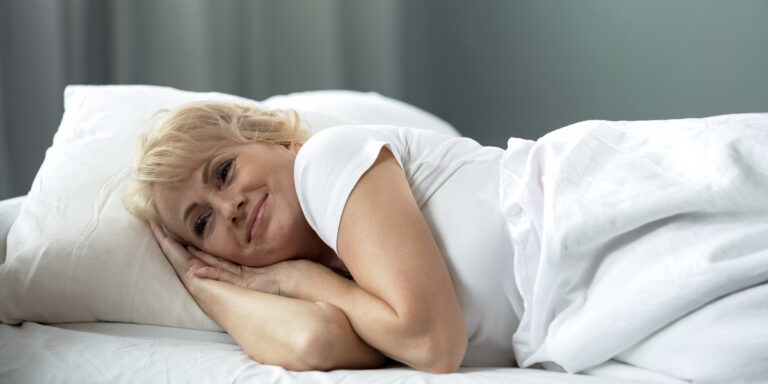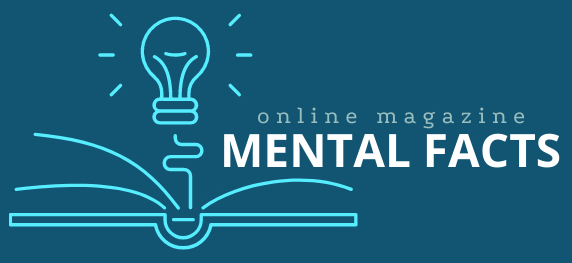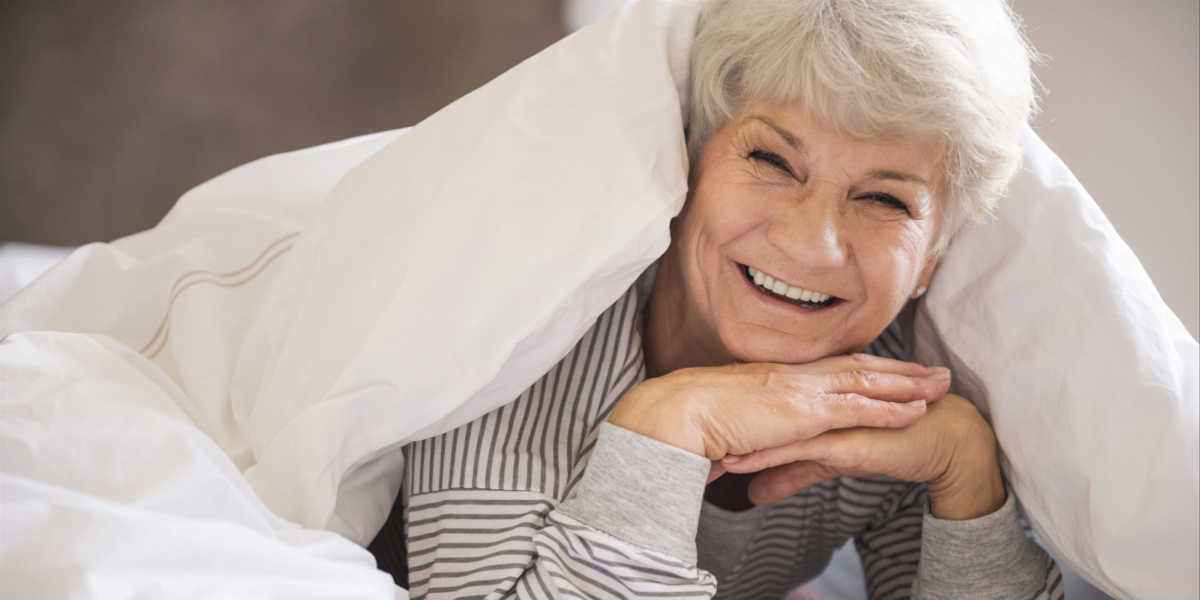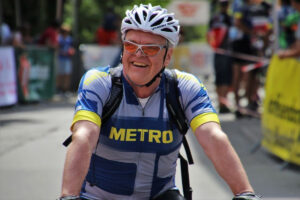Common Sleep Disorders Affecting Older Adults: Causes and Solutions
Overview of Sleep Disorders in Older Adults
Sleep disorders become increasingly common as people age, affecting both the quality and quantity of sleep. These issues can significantly impact an older adult’s daily functioning and overall health.
Age-Related Changes in Sleep Structure
As individuals enter their later years, their sleep patterns undergo notable shifts. Older adults often experience decreased total sleep time and less time in deep, restorative sleep stages. They may find themselves waking up more frequently during the night.
Circadian rhythms also change with age. Many older adults tend to feel sleepy earlier in the evening and wake up earlier in the morning. This alteration can lead to a mismatch between desired sleep schedules and natural sleep-wake cycles.
Sleep efficiency, or the ratio of time spent asleep to time in bed, typically decreases in older adults. This reduction can result in feelings of unrefreshing sleep and daytime fatigue.
Prevalence and Impact of Sleep Disorders
Sleep disorders affect a significant portion of the older population. Insomnia, sleep apnea, and restless leg syndrome are among the most prevalent issues.
Estimates suggest that up to 50% of older adults experience insomnia symptoms. Sleep apnea affects approximately 20-30% of elderly individuals, with rates higher in those with cardiovascular conditions.
These sleep disturbances can have far-reaching consequences. Poor sleep quality is linked to an increased risk of falls, cognitive decline, and mood disorders in older adults. It can exacerbate existing health conditions and negatively impact quality of life.
Proper diagnosis and treatment of sleep disorders in the elderly are crucial. Addressing these issues can lead to improved daytime functioning, better management of chronic conditions, and enhanced overall well-being.

Common Sleep Disorders Affecting the Elderly
Sleep disorders significantly impact the health and quality of life of older adults. These conditions can lead to daytime sleepiness, cognitive impairment, and increased risk of falls.
Insomnia and its Management
Insomnia is characterized by difficulty falling asleep, staying asleep, or experiencing nonrestorative sleep. It affects up to 50% of older adults. Symptoms include reduced sleep efficiency, increased sleep latency, and frequent nighttime awakenings.
Cognitive behavioural therapy for insomnia (CBT-I) is the first-line treatment. It includes sleep hygiene education, stimulus control, and relaxation techniques. In some cases, short-term use of sleep medications may be prescribed.
Lifestyle modifications can help manage insomnia. These include maintaining a consistent sleep schedule, avoiding caffeine and alcohol before bedtime, and creating a comfortable sleep environment.
Sleep-Related Breathing Disorders
Obstructive sleep apnea (OSA) is older adults’ most common sleep-related breathing disorder. It involves repeated episodes of upper airway collapse during sleep, leading to oxygen desaturation and sleep fragmentation.
Risk factors for OSA include obesity, male gender, and anatomical features like a large neck circumference. Symptoms include loud snoring, witnessed apneas, and excessive daytime sleepiness.
The diagnosis typically involves a sleep study. Treatment options include continuous positive airway pressure (CPAP) therapy, oral appliances, and, in some cases, surgery.
Sleep-Related Movement Disorders
Restless Legs Syndrome (RLS) and Periodic Limb Movement Disorder (PLMD) are common sleep-related movement disorders in the elderly. RLS causes an irresistible urge to move the legs, often accompanied by uncomfortable sensations.
PLMD involves repetitive limb movements during sleep, which can disrupt sleep quality. Both conditions can lead to insomnia and daytime fatigue.
Treatment for RLS may include iron supplementation, dopaminergic medications, or gabapentin. PLMD is often treated with similar drugs or benzodiazepines in some cases.
Circadian Rhythm Sleep-Wake Disorders
Circadian rhythm disorders occur when the internal sleep-wake cycle is misaligned with the external environment. Advanced Sleep Phase Disorder is common in older adults, causing early evening sleepiness and early morning awakening.
Light therapy and melatonin supplementation can help regulate the sleep-wake cycle. Maintaining consistent sleep and wake times is crucial for managing these disorders.
The American Academy of Sleep Medicine provides guidelines for diagnosing and treating circadian rhythm disorders based on the International Classification of Sleep Disorders.

Diagnosis and Treatment Strategies
Accurate diagnosis and effective treatment are crucial for managing sleep disorders in older adults. Various assessment tools, non-drug interventions, and medical approaches can help improve sleep quality and overall well-being.
Assessment and Diagnostic Tools
Polysomnography is the gold standard for diagnosing sleep disorders. This overnight test monitors brain waves, oxygen levels, heart rate, and body movements. A comprehensive sleep history, including sleep patterns, daytime symptoms, and medical conditions, is essential.
Actigraphy, a wrist-worn device, tracks sleep-wake cycles over several days. Sleep diaries help patients record sleep habits and symptoms. Questionnaires like the Epworth Sleepiness Scale assess daytime sleepiness.
Blood tests may be necessary to check for underlying health issues affecting sleep. Cognitive assessments can identify conditions like dementia that may impact sleep quality.
Nonpharmacological Interventions
Cognitive Behavioral Therapy for Insomnia (CBT-I) is highly effective for treating sleep disorders. It includes techniques like stimulus control therapy and sleep restriction to improve efficiency.
Sleep hygiene education focuses on creating optimal sleep environments and habits. This includes maintaining consistent sleep schedules and avoiding stimulants before bedtime.
Relaxation techniques such as deep breathing exercises and progressive muscle relaxation can reduce anxiety and promote sleep. Light therapy helps regulate circadian rhythms, especially for those with delayed sleep phase syndrome.
Regular exercise can improve sleep quality, particularly in the morning or early afternoon. Limiting daytime naps and establishing a relaxing bedtime routine are also beneficial.
Pharmacological and Medical Management
Medications should be used cautiously in older adults due to potential side effects and interactions. Short-term use of hypnotics may be prescribed for severe insomnia.
Melatonin supplements can help regulate sleep-wake cycles, especially in circadian rhythm disorders. Antidepressants may be prescribed for sleep disorders associated with depression or anxiety.
Continuous Positive Airway Pressure (CPAP) therapy is the primary treatment for sleep apnea for sleep apnea. Weight loss and positional therapy can also alleviate symptoms.
Restless legs syndrome may be treated with dopaminergic agents like levodopa. If iron deficiency is detected, iron supplements are prescribed.
Addressing underlying medical conditions such as chronic pain or urinary problems is crucial for improving sleep quality.











